GPT Object Detector - AI-Powered Object Detection
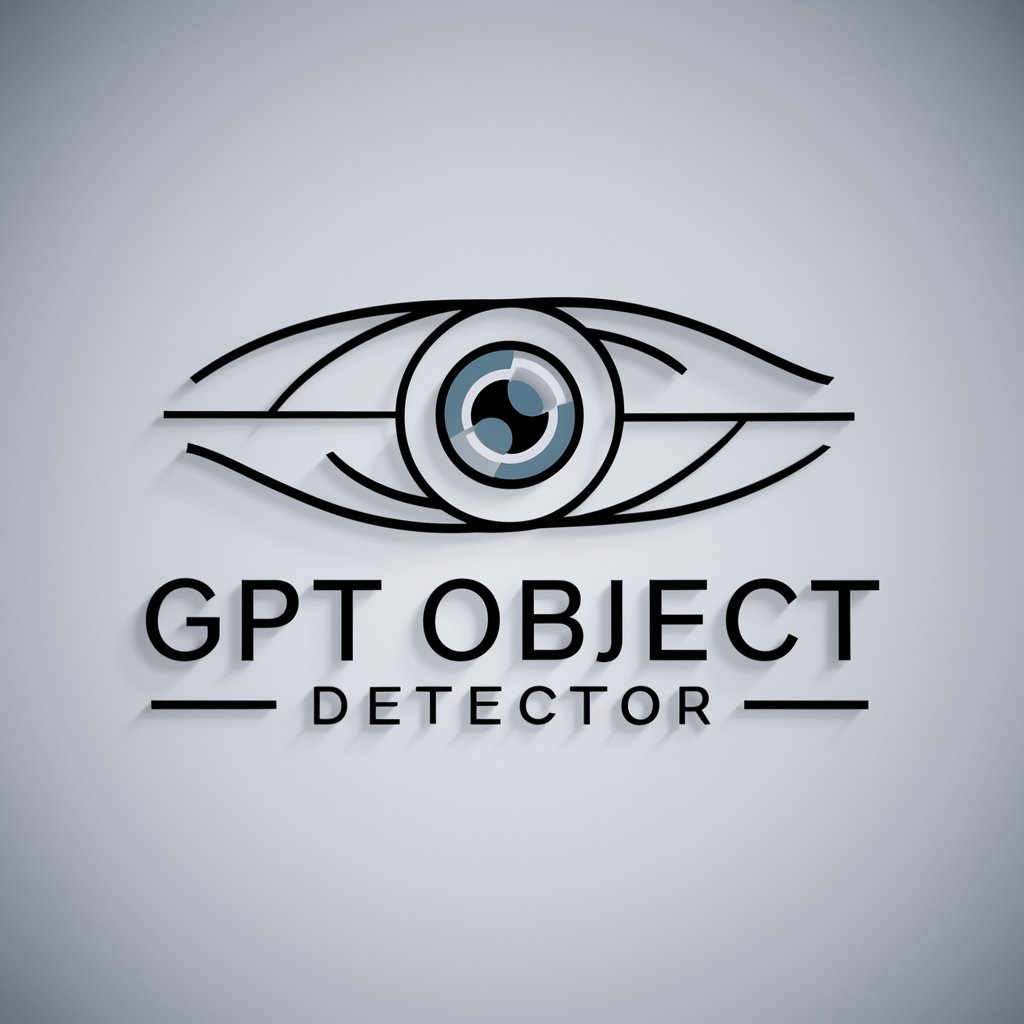
Hello! Upload an image for object detection.
Identify anything, powered by AI.
Upload an image for object detection:
Let's analyze your image and identify the objects within it:
Please provide an image, and I'll detect the objects present:
Share an image, and I'll list all the objects I can identify:
Get Embed Code
Overview of GPT Object Detector
The GPT Object Detector is an AI-driven tool designed to analyze images and identify various objects within them with a high degree of accuracy. Unlike generic AI models that may serve a broad range of functions, the GPT Object Detector is specifically fine-tuned for object detection tasks. It excels in recognizing and listing discernible objects in any given image, leveraging advanced image processing and machine learning techniques. For example, when provided with a street scene photograph, it can list objects such as cars, streetlights, pedestrians, and signs, offering users a clear understanding of the image contents without ambiguity. Powered by ChatGPT-4o。

Core Functions of GPT Object Detector
Object Identification and Listing
Example
Identifying all visible objects in a room, such as furniture, electronics, and decor items.
Scenario
Used in interior design to quickly catalog room contents for redesign or real estate listings.
Contextual Object Detection
Example
Distinguishing between different types of vehicles in a parking lot image, like cars, motorcycles, and bicycles.
Scenario
Applied in urban planning and traffic management to analyze vehicle types and distribution in specific areas.
Object Counting
Example
Counting the number of specific objects in a scene, such as trees in a park or products on a shelf.
Scenario
Utilized in retail inventory management to automate stock counts or in environmental studies to assess vegetation cover.
Target Users of GPT Object Detector
Content Creators and Media Professionals
These users benefit from quick content analysis for projects, enabling efficient categorization and tagging of vast image libraries.
Retail and Inventory Managers
Retail professionals use the GPT Object Detector to automate inventory counts, reducing manual errors and saving time.
Urban Planners and Traffic Analysts
They leverage the tool to understand vehicle distribution and types in urban spaces, aiding in traffic flow and infrastructure planning.
Environmental Scientists and Researchers
This group uses the service for ecological surveys, such as counting trees or animal species in a given area, facilitating large-scale environmental monitoring.

How to Use GPT Object Detector
Start Your Free Trial
Visit yeschat.ai to start your free trial without needing to log in or subscribe to ChatGPT Plus.
Upload Your Image
Once you're in, upload the image you want analyzed. Ensure the image is clear and well-lit for best results.
Receive Object Analysis
After uploading, GPT Object Detector will analyze the image and list the objects it identifies, providing a straightforward and confident identification.
Review and Use Data
Review the list of objects identified. This information can be used for various purposes, such as content creation, academic research, or even personal interest.
Optimize Your Experience
For optimal results, use high-resolution images with minimal background clutter. This helps in more accurate object detection.
Try other advanced and practical GPTs
Historical object identifier
Unlocking the Stories of the Past, One Object at a Time

Object Decoder
Unveil the unseen with AI-powered image analysis.

Object Analyst
Decipher Objects with AI Insight
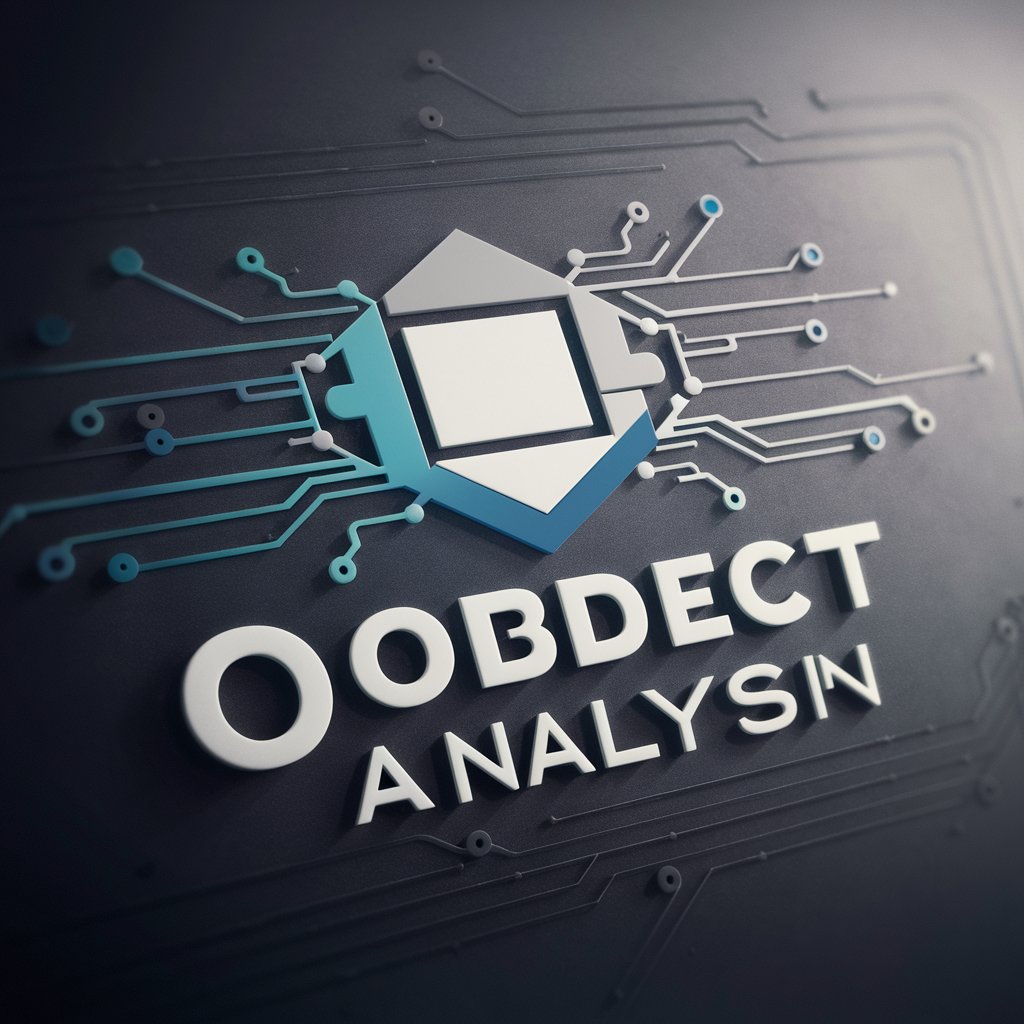
Money is No Object
Elevate Your World with AI
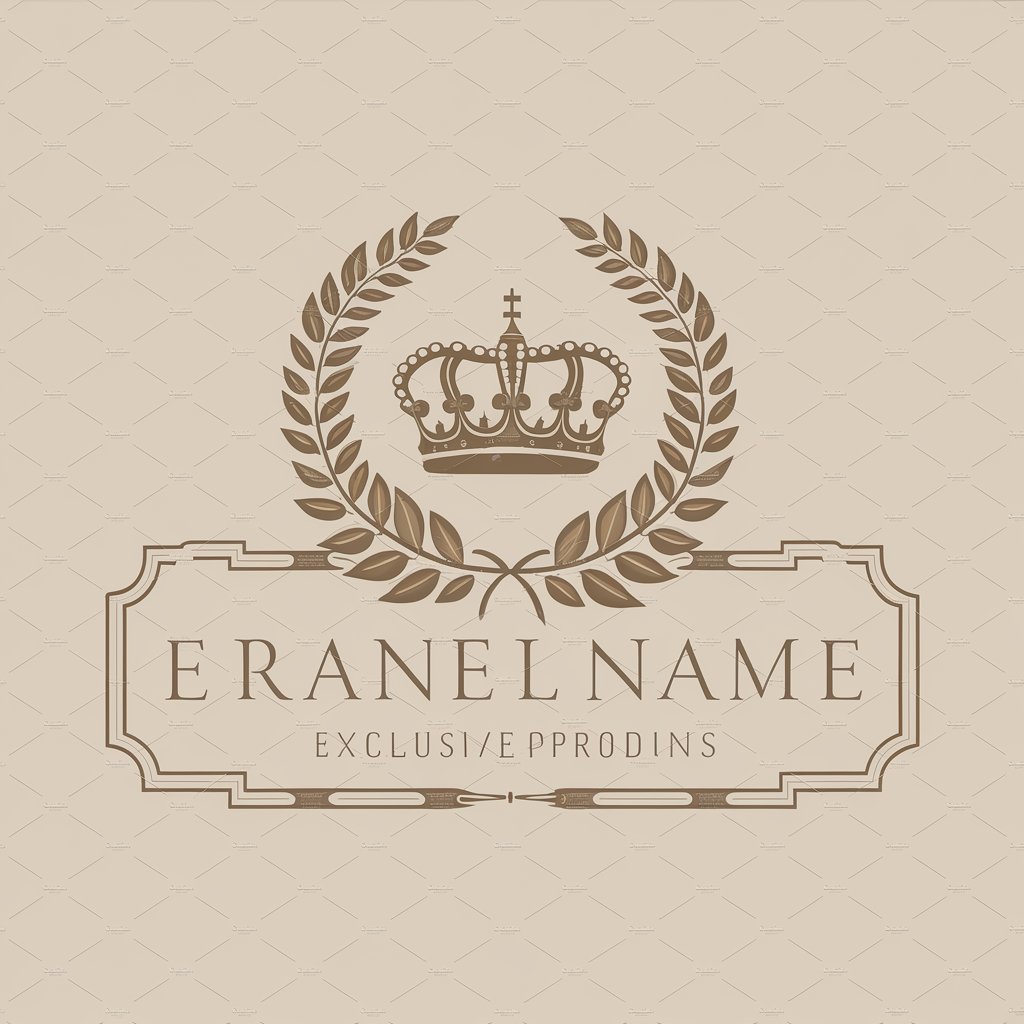
Travel Organizer
Streamlining your travel planning with AI

Travel Ace
Craft Your Perfect Trip, Powered by AI
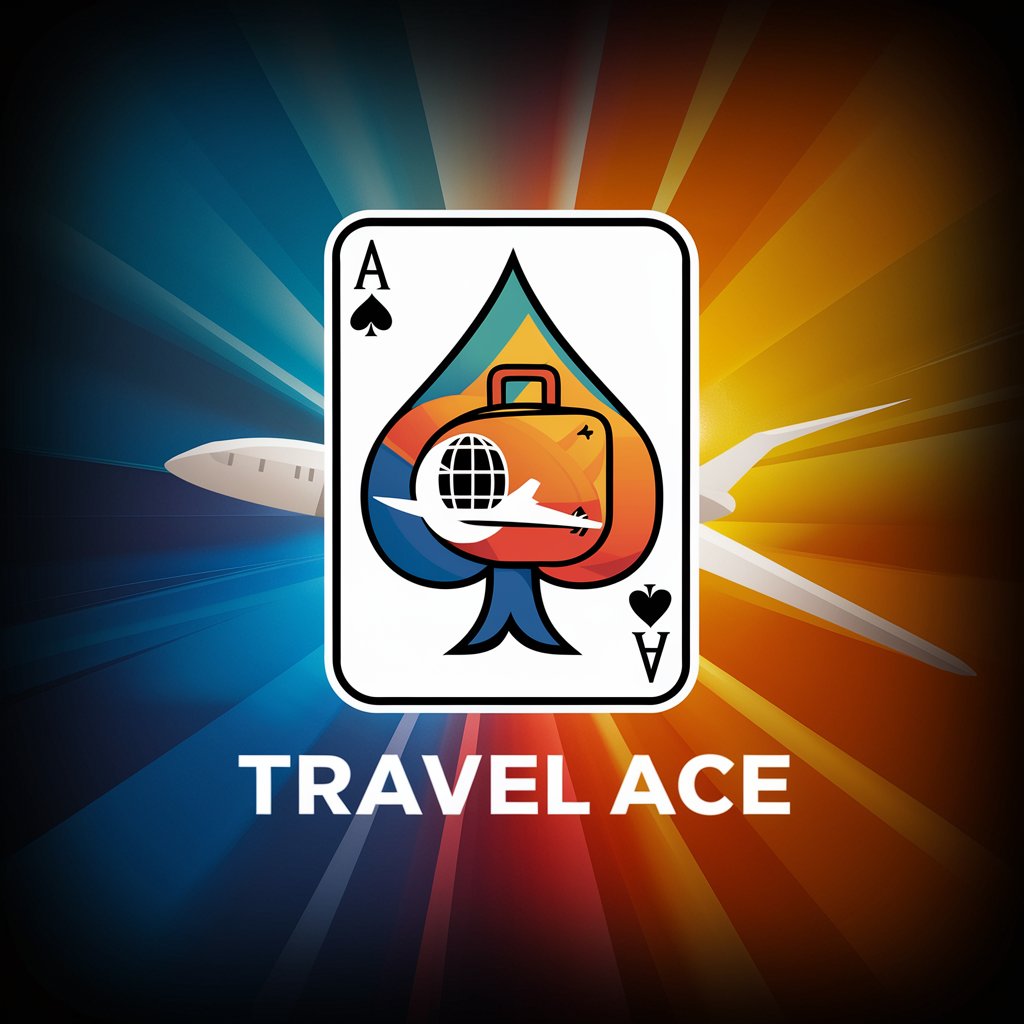
Object-Oriented TypeScript Helper
Empowering TypeScript Development with AI-Powered OOP Insights
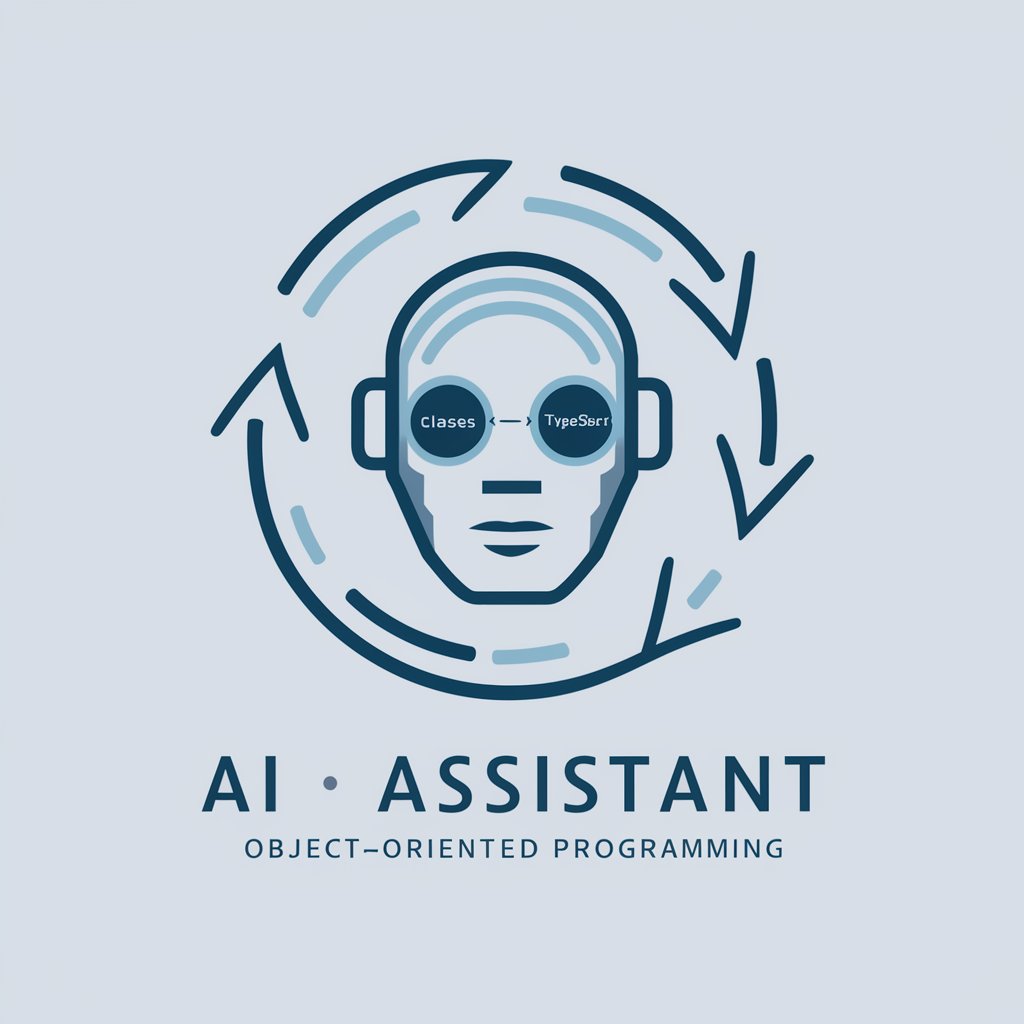
Object Oriented Application Development Tutor
Empower your coding with AI-driven object-oriented tutoring.

Object Insight
Unlock the story behind any object
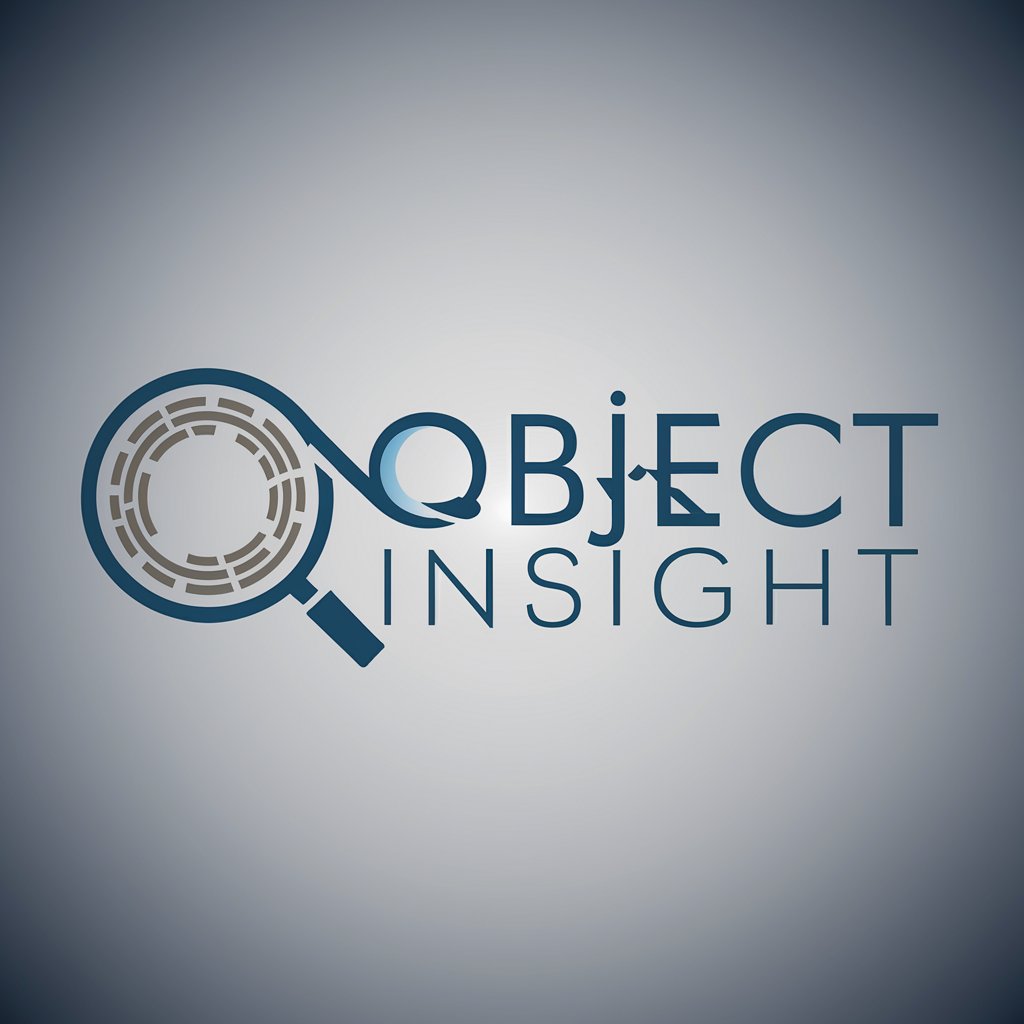
Object-Oriented Analysis and Design Tutor
Master OOAD with AI-powered guidance.

謎のObject
Unlock the mystery with AI power.

Object of Essence
Visualizing Concepts, Crafting Essence
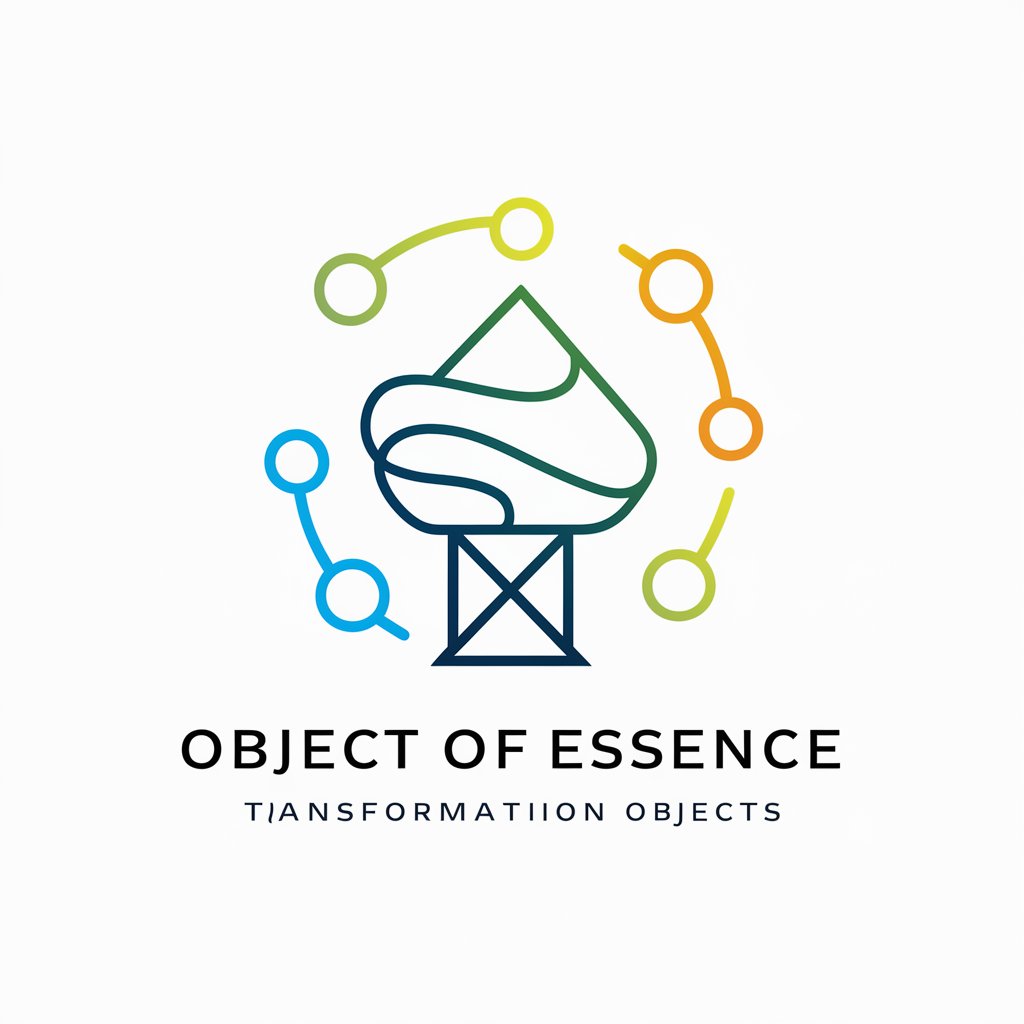
FAQs about GPT Object Detector
What types of objects can GPT Object Detector identify?
GPT Object Detector is designed to identify a wide range of objects, from everyday items to specific objects within various contexts like nature, urban environments, and interiors.
Is GPT Object Detector suitable for professional use?
Absolutely. Professionals in fields like digital marketing, content creation, and academic research can leverage GPT Object Detector for asset categorization, research data collection, and more.
How accurate is GPT Object Detector?
GPT Object Detector prioritizes accuracy and provides the best possible identification based on the image quality and visibility of objects. It's continually improving through machine learning.
Can I use GPT Object Detector for educational purposes?
Yes, educators and students can use GPT Object Detector as a learning tool in subjects like computer science, visual arts, and environmental studies to identify and study various objects.
What are the limitations of GPT Object Detector?
While highly effective, its performance can be influenced by factors like image quality, lighting, and the presence of obscure or highly specialized objects.
